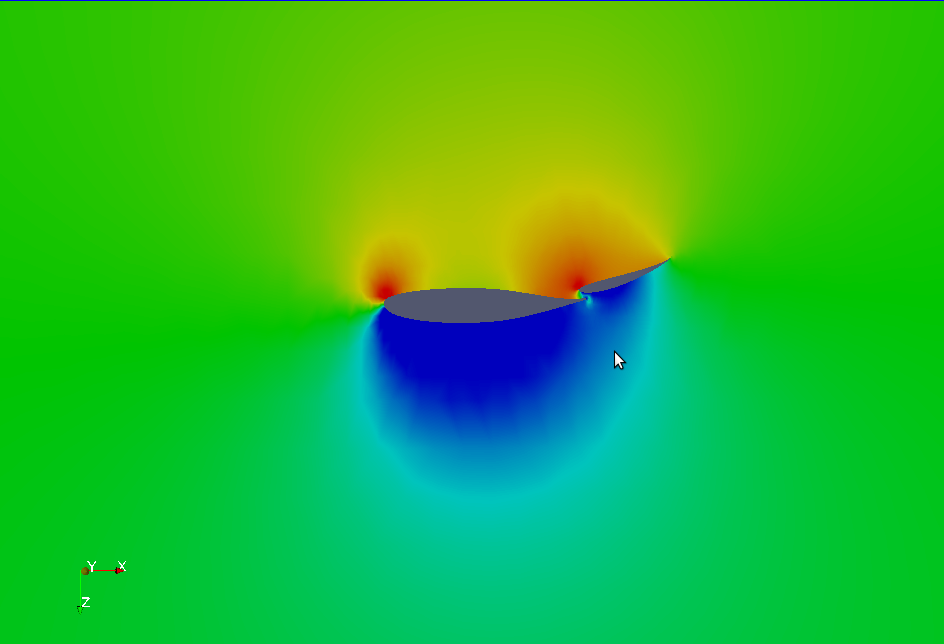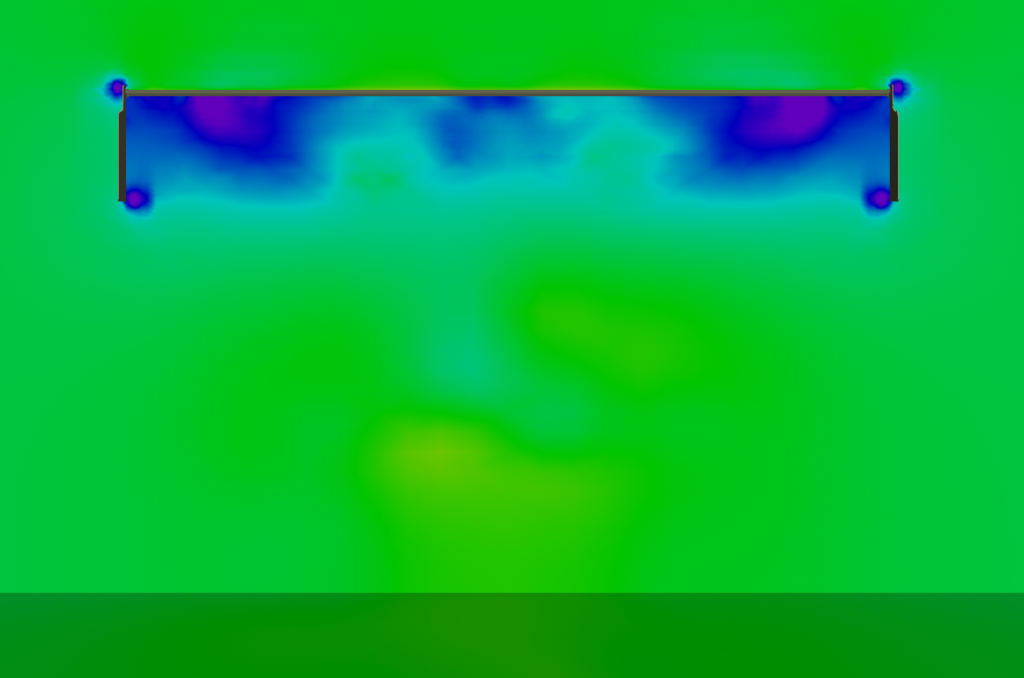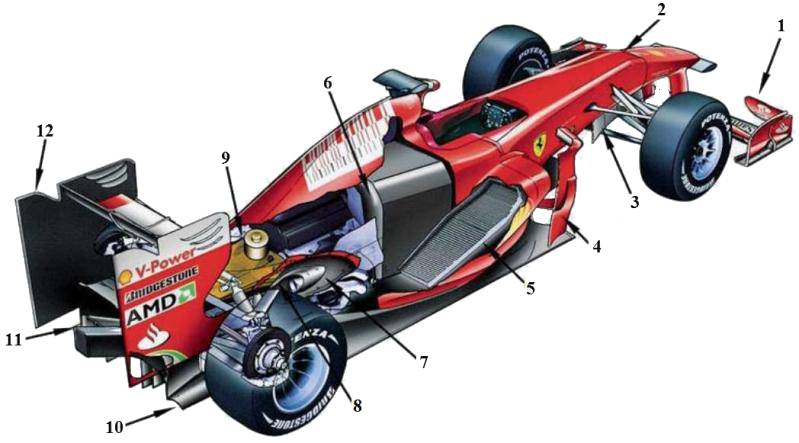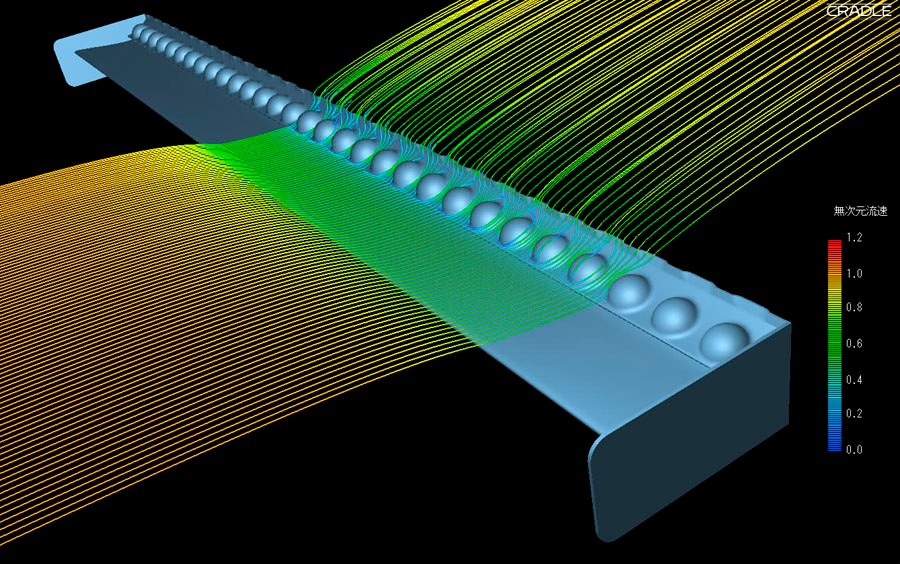New Wing to Test
#123
I know on my wing the difference between the biggest size legal and U-Maryland style endplates was almost 80 pounds @ 60mph. U-Mayrland is know for having endplates so large that their cars can actually tip over in paddock in strong wing gusts.
Last edited by Leafy; 12-23-2012 at 04:22 PM.
#126
Senior Member
iTrader: (4)
Join Date: Aug 2010
Location: Farmington Hills, MI
Posts: 460
Total Cats: 15
There is a Racecar Engineering article I have at home that had a lot of data on wing end plate depth. I'll scan it when I'm back there after Christmas.
#128
Supporting Vendor

iTrader: (3)
Join Date: Jul 2006
Location: San Diego
Posts: 3,303
Total Cats: 1,216
Sooo many of the wings on the market have terrible endplate designs. I have to assume it's just a trade-off decision; they assume the wing won't sell with a big form>function monstrosity of an endplate 

#129
Another reason end plates tend to be larger on bottom is because regulations often require that no part of the wing protrudes higher than the roof line of the car... and since you want the wing itself placed up high to get into the cleaner airstream, it doesn't leave much room for a large end plate above the wing.
A really good design would use uprights as end plates.
A really good design would use uprights as end plates.
#131
Many have no logic or science behind them 
Large endplates seen on open wheel race cars do serve a purpose. It is intended to reduce the effect of the "dirty" air disrupting the airflow to the wing.
I like this because it could work and is funny!
This is kind of true and kind of not. The wing works by creating a gradient of pressure. The bottom of the wing (on a car designed to make downforce) will be doing most of the work. Aka more low pressure is created than high pressure. Endplates to help with spill over. Endplates cause vortices also. Also without an endplate, drag would most likely be reduced since the induced drag would be decreased. The efficiency of the wing however would drastically decrease. Bigger isn't always better. Proper analysis and testing is better.
Don't do this.
This is true.
This is true, most endplate designs are terrible. I would also go out on a limb and say most wing design are terrible also. They are taken off some racecar in the past without knowledge on the performance. Real racecars have specifically designed wings for their application. Changing applications might make the wing not perform properly.
The much greater low pressure at the bottom can be seen in this cfd pressure plot below. This is of a wing I currently in the process of designing (except now it uses my own airfoils that I designed instead of one available). The current iteration performs much better

This is a cfd pressure plot across the wing to show how endplates interact with the airfoil. This is my current single element design (endplates still being optimized). Also this is one tested on a Miata so this is not seeing all free-stream air.


Large endplates seen on open wheel race cars do serve a purpose. It is intended to reduce the effect of the "dirty" air disrupting the airflow to the wing.
I like this because it could work and is funny!
Nope, you want it biased to the bottom. Because an efficient wing should create the majority of its force from the low pressure at the bottom of the wing, so you're going to have a lower pressure under the wing so air is going to want to flow into there from the sides more.
The much greater low pressure at the bottom can be seen in this cfd pressure plot below. This is of a wing I currently in the process of designing (except now it uses my own airfoils that I designed instead of one available). The current iteration performs much better


This is a cfd pressure plot across the wing to show how endplates interact with the airfoil. This is my current single element design (endplates still being optimized). Also this is one tested on a Miata so this is not seeing all free-stream air.

#133
Hmm I see what you are saying. But, don't know how you figure there is more frontal area. Same number of bolts, same thicknesses of materials, in fact using the same exact hardware too. If you mean the frontal area shifted because the bolt locations moved, that I agree on.
As for the rear hole, as great as it is in theory, the carbon was already F'ed up from mounting/dismounting in its previous life because that hole is so close to the airfoil. I knew if I used that hole, through just tool contact, mounting/dismounting, etc. it would get a lot worse. I'd like to avoid causing a weak point in the airfoil over time.
The other thing I took into consideration was that the front holes stuck wayyy down low - this meant the angle of the uprights would have to be more severe because they would have less height in which to make the transition. I wanted to minimize the angles of the bends to keep the aluminum as strong as possible. As it is, they are only 7* and 9*.
#134
Endplates cause vortices also.
 You are right, they do, but they move the vortices away from the surface of the wing, reducing their detrimental effects.
You are right, they do, but they move the vortices away from the surface of the wing, reducing their detrimental effects.
Also without an endplate, drag would most likely be reduced since the induced drag would be decreased.
Bigger isn't always better. Proper analysis and testing is better.

For some great info on the subject check out these articles from Racecar Engineering: http://www.rightwheeldrive.com/Aero_articles.zip
#136
It's based on the logic when the center of aerodynamic pressure (seen from the side) is behind the center of mass the car will straighten when it gets sideways.
This was one of the design objectives with the COT body design and it apparently worked since the COTs could drift a lot longer when the old style spinned.
Usure if the Miata (with normal HT) is aerodynamically unstable or stabilized this way.
F1-style dorsal fin?














